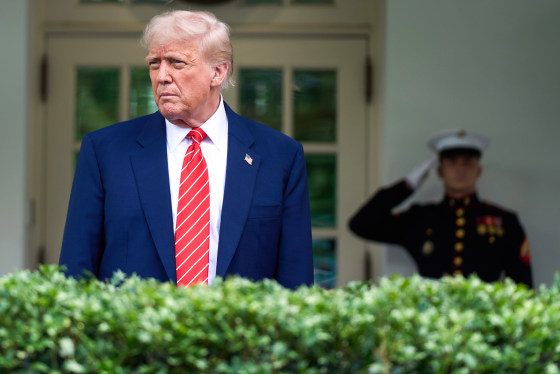Trump Prescription Drugs Policy: What New Executive Orders Mean for Drug Prices

With the rising cost of medication in the United States, Trump prescription drugs policy has once again become a focal point in healthcare debates. In recent months, former President Donald Trump announced plans to resurrect a bold approach aimed at cutting drug prices, signaling a renewed commitment to addressing this pressing issue.
Trump Prescription Drugs: The Most Favored Nation Policy
At the heart of Trump’s prescription drug policy is the so-called "Most Favored Nation" (MFN) policy. This approach would tie what Medicare pays for certain medications to the prices paid by other affluent nations—often much lower than those in the United States. According to CNN’s detailed report, Trump claims that his executive order could slash pharmaceutical prices by 30% to 80% almost immediately for many Americans.
The first version of this rule, finalized in 2020, was blocked by federal courts and subsequently rescinded by the Biden administration. The renewed proposal aims for Medicare and its beneficiaries to enjoy substantial savings. However, the exact details—such as which specific drugs would be included—are still under discussion.
How Will This Impact Americans?
Prescription drug prices in the U.S. are among the highest in the world. On average, Americans pay up to ten times more than citizens of other developed countries for the same medications. With most adults reporting difficulty affording their medications, the impact of Trump’s prescription drug plan could be significant for household budgets across the country.
The MFN model targets drugs administered under Medicare Part B, like those used in cancer treatment. When first introduced, officials estimated the rule could save over $85 billion across seven years. Supporters argue that aligning U.S. drug prices with those abroad is not just fair, but also urgent, given the role of drug costs in overall inflation.
Industry Reaction and Potential Challenges
Trump prescription drugs reforms have faced fierce opposition, particularly from the pharmaceutical industry. The industry argues that such a policy might restrict access to essential medications. They also warn that tariffs on pharmaceutical imports—another Trump proposal—could lead to shortages and inadvertently push prices higher.
Despite these challenges, several health policy experts and patient advocacy groups back the intent behind the executive order. Their main concern is ensuring that any savings do not come at the expense of patient access or medical innovation.
Medicare Negotiations: Another Tool for Lower Prices
The Trump administration’s latest plan emerges alongside ongoing negotiations launched under the Inflation Reduction Act, which allows Medicare to directly bargain for better prices on certain drugs. This approach is different from the MFN rule, but both could work together to drive costs down for consumers. Experts recommend combining these strategies for maximum impact.
What’s Next for Trump Prescription Drugs Policies?
The future of Trump’s prescription drugs executive order depends on several factors. Legal challenges, industry pushback, and the evolving landscape of healthcare policy will shape the outcome. However, the spotlight on medication costs ensures that this issue will remain a top priority for policymakers and voters alike.
To stay updated on this rapidly changing topic, follow reliable sources like CNN's coverage of Trump's executive orders and NBC News on Medicare drug pricing.
Conclusion
In summary, Trump prescription drugs policies could spark significant changes in how Americans pay for their medications. By pursuing international price comparisons and empowering Medicare to negotiate, there’s potential for real savings. As policy unfolds, staying informed will be critical for patients, caregivers, and healthcare professionals.